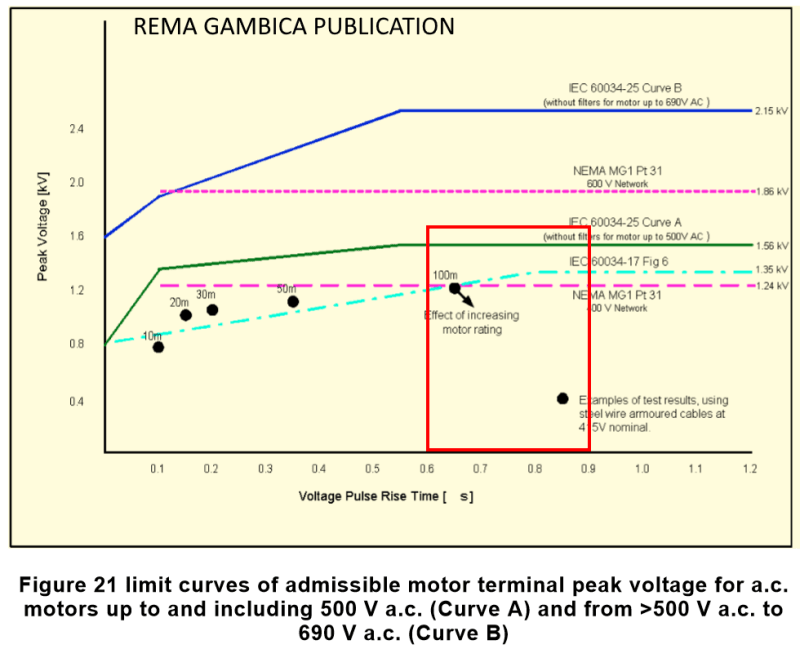Hi
I recently received a quote for a motor and states that the starting method is "Direct on line". I had requested a motor to be suitable for it to VFD driven.
When I checked with the motor manufacturer, they conveyed that the same motor is suitable for VFD start as well.
I was under the impression that DOL start motors and VFD start motors are different.
Is the motor manufacturer correct in his claim ?
Regards
Bala
I recently received a quote for a motor and states that the starting method is "Direct on line". I had requested a motor to be suitable for it to VFD driven.
When I checked with the motor manufacturer, they conveyed that the same motor is suitable for VFD start as well.
I was under the impression that DOL start motors and VFD start motors are different.
Is the motor manufacturer correct in his claim ?
Regards
Bala

